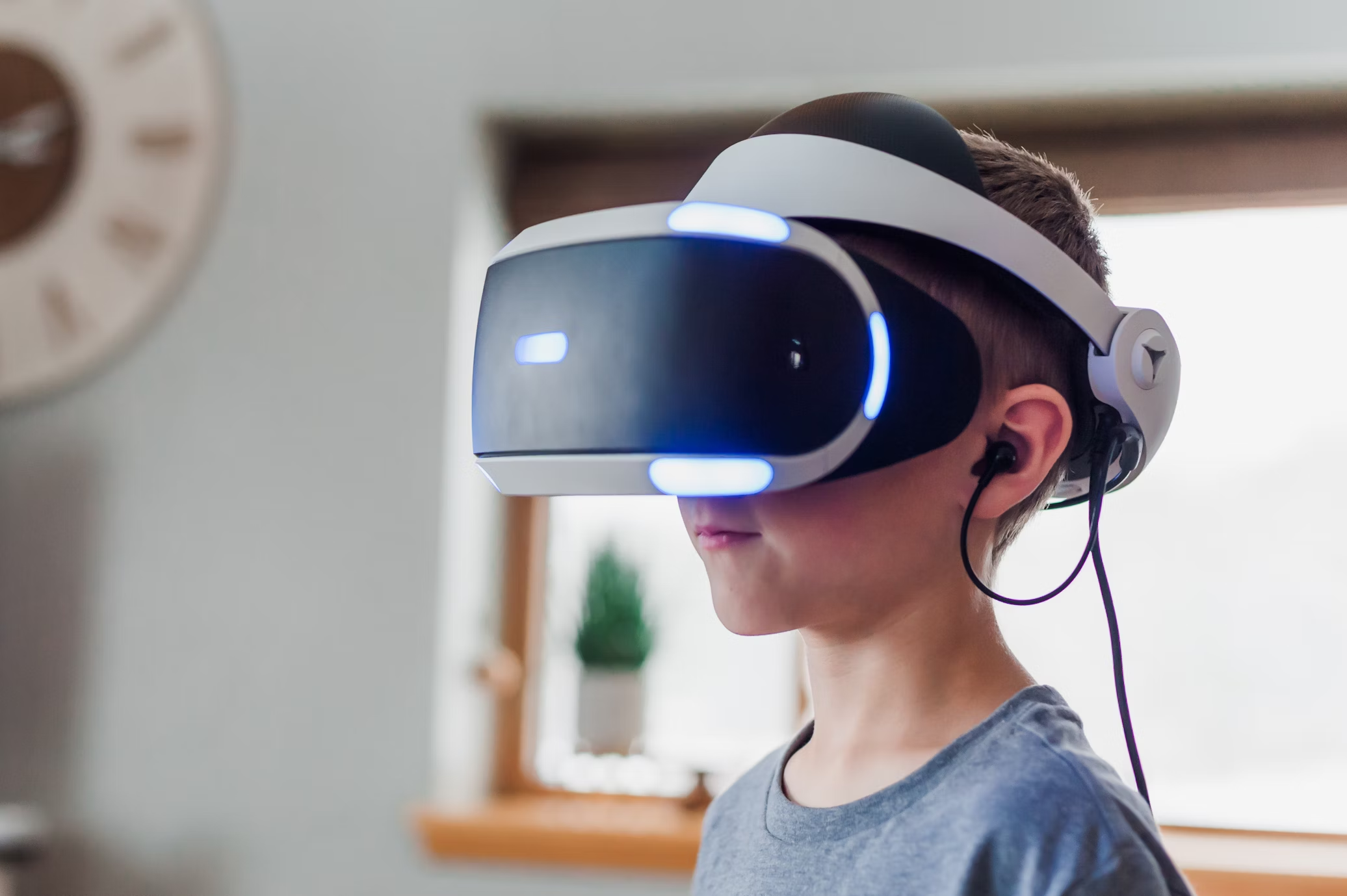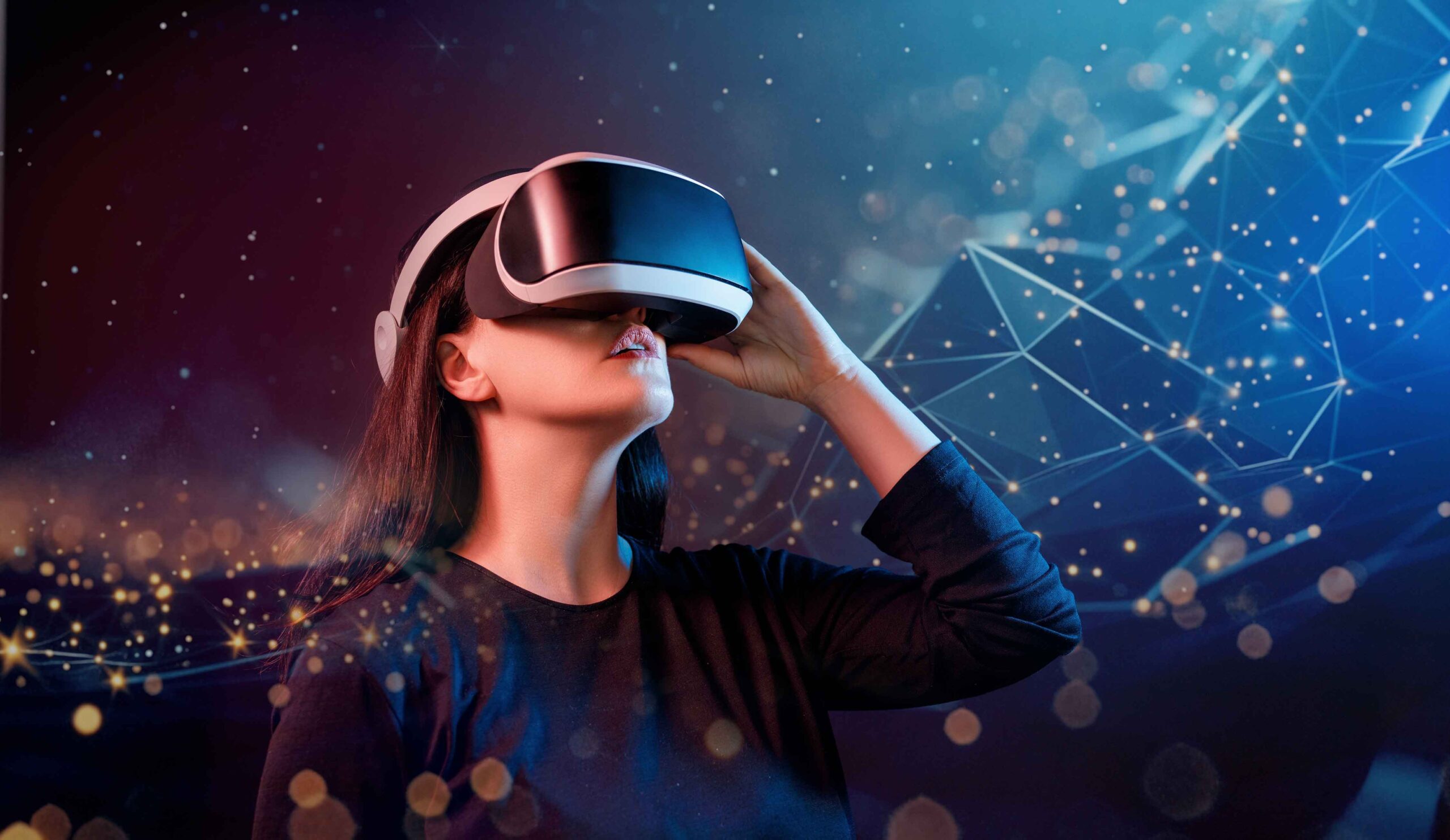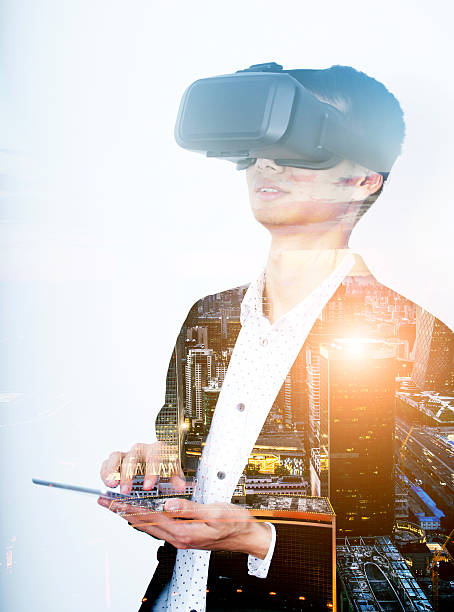What Virtual Reality Therapy Offers for Stroke Patients

How Virtual Reality Therapy Works
During VR therapy sessions, patients wear a VR headset that immerses them in a virtual environment. Physiotherapists guide patients through customized exercises, including movement tasks that promote coordination, balance, and strength. These exercises are designed to target areas affected by the stroke, helping:
- Motor Function Recovery: Virtual environments encourage specific movements that enhance motor skills and promote muscle activation.
- Cognitive Rehabilitation: VR therapy can include cognitive tasks that challenge memory, attention, and problem-solving abilities.
- Neuroplasticity: The immersive nature of VR helps stimulate the brain, encouraging neuroplasticity—the brain’s ability to form new neural connections, which supports recovery.
Conditions Treated with Virtual Reality Therapy
VR therapy has shown significant promise for stroke patients, especially in treating:
Motor Impairments:
Such as weakness or paralysis in limbs following a stroke.
Balance Issues:
Improving stability and coordination.
Cognitive Challenges:
Enhancing memory, concentration, and problem-solving skills.
Post-Stroke Depression:
By promoting a sense of accomplishment and engagement, VR therapy can help improve mood and motivation.



Benefits of Virtual Reality for Stroke Patients
Personalized Treatment:
Each VR session can be customized to suit the patient’s individual needs, focusing on their specific motor or cognitive deficits.
Increased Engagement:
Virtual reality provides an engaging and motivating experience that encourages patients to actively participate in their rehabilitation.
Real-Time Feedback:
Patients receive immediate feedback on their performance, helping them track progress and stay motivated.
Safe Environment for Practice:
VR allows patients to practice movements and activities in a controlled, safe environment, reducing the risk of injury while working on motor skills.
Improved Outcomes:
Studies show that VR therapy can enhance recovery outcomes by increasing the intensity and frequency of therapy sessions.
